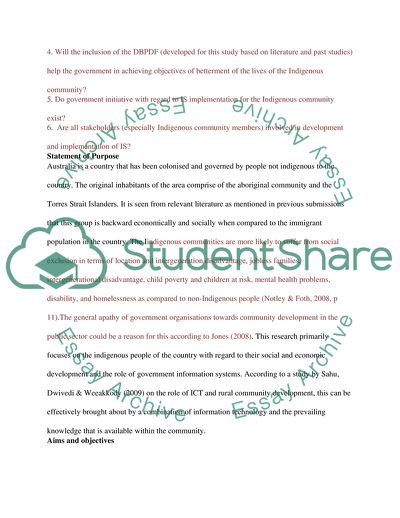Cite this document
(Impact of Government Information Systems on the Indigenous Community i Research Paper, n.d.)
Impact of Government Information Systems on the Indigenous Community i Research Paper. https://studentshare.org/information-technology/1737579-information-systems
Impact of Government Information Systems on the Indigenous Community i Research Paper. https://studentshare.org/information-technology/1737579-information-systems
(Impact of Government Information Systems on the Indigenous Community I Research Paper)
Impact of Government Information Systems on the Indigenous Community I Research Paper. https://studentshare.org/information-technology/1737579-information-systems.
Impact of Government Information Systems on the Indigenous Community I Research Paper. https://studentshare.org/information-technology/1737579-information-systems.
“Impact of Government Information Systems on the Indigenous Community I Research Paper”. https://studentshare.org/information-technology/1737579-information-systems.


